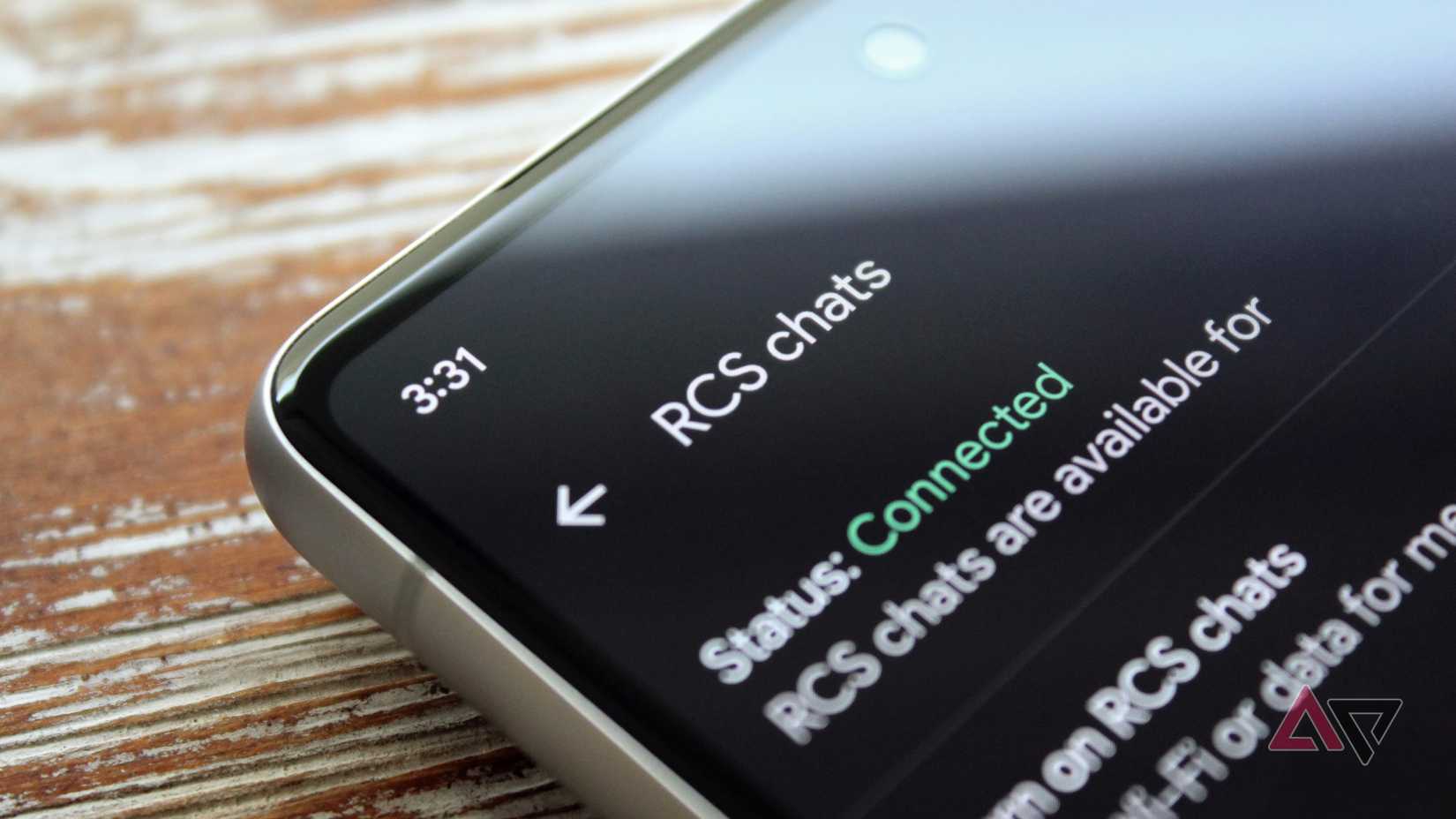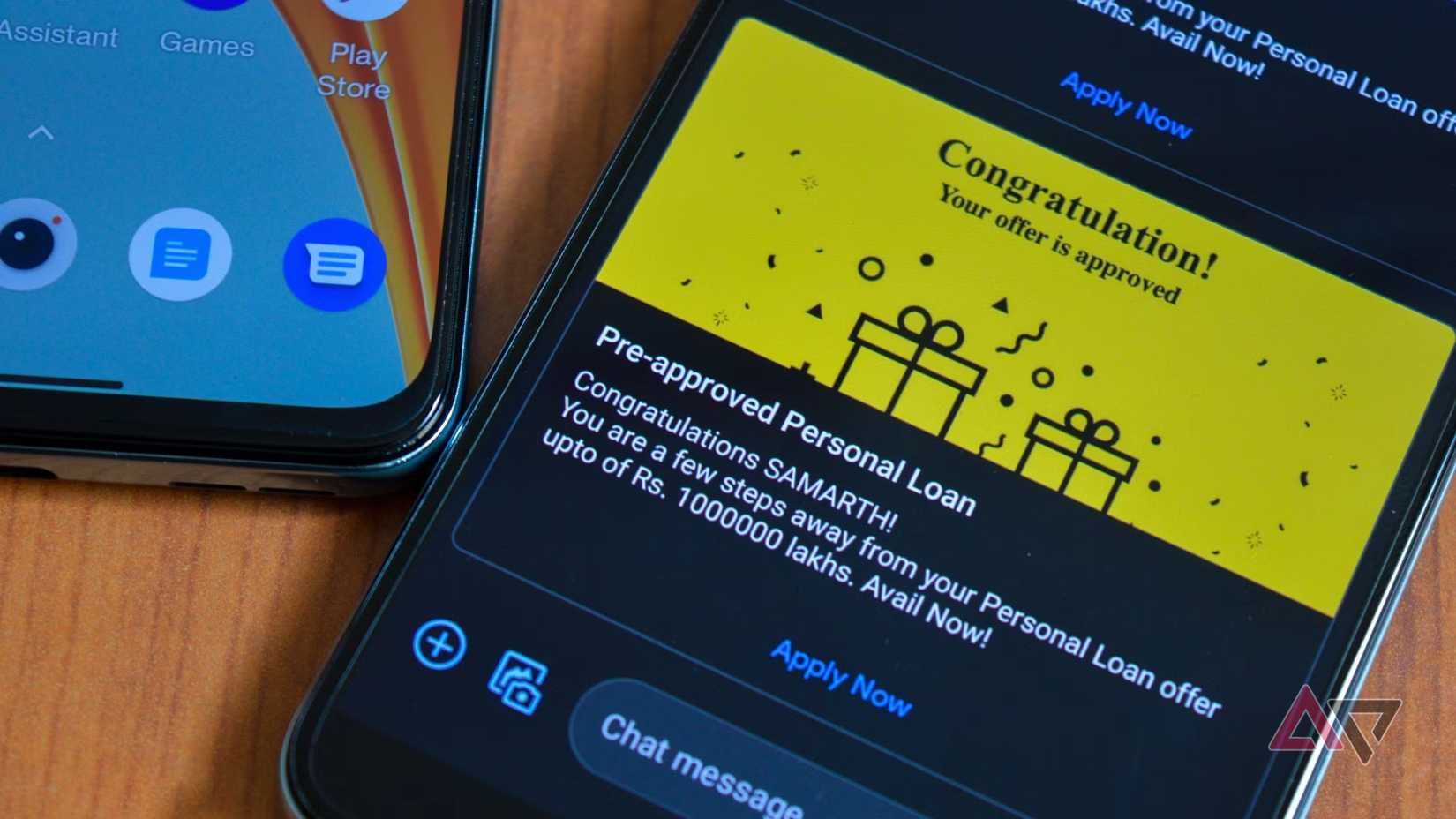I’m strongly against the idea of having multiple apps for doing the same purpose on the same phone, and unfortunately, this is more pronounced in the Android ecosystem.
This is true across almost every category of app, including messaging. Depending on the handset you get, there is a strong chance you’ll have two text messaging apps: one from Google and the other from your phone brand.
However, I switched to Google Messages not because I needed yet another app, but because some of its features looked genuinely exciting.
Many of those capabilities work well when they do, but as a whole package, the Messages app didn’t strike me the way I expected.
I blame some of its persisting issues and some of the way it handles certain features. The worst part? I discovered them only after using the app.
Had I known earlier, I would’ve thought twice before relying on the app. Here are six hidden sides of Google Messages I wish I had known earlier.
6
The Archive isn’t permanent
The ability to archive messages is a basic messaging feature, but even then, some of the best SMS apps on Android are lacking it.
I appreciate Google for including the feature on the Messages app, but I take issue with its implementation, especially since it isn’t just another SMS app on Android.
You can tap and hold a message thread and tap the archive icon available at the top bar of the app.
This doesn’t delete the thread but makes it disappear from the list. It reappears on the list if there is a new message from the person. This is the default behavior across all SMS apps on Android that support archiving.
Support for RCS (Rich Communication Services) forced me to think that Google Messages’ archiving feature would be far better than all the traditional SMS apps.
Before switching to the Google Messages app, I was expecting WhatsApp-style archiving functionality. It keeps chats hidden and shows a numeric badge when there is a new message from that contact.
On the contrary, despite being quite similar to internet messaging apps like WhatsApp, thanks to RCS support, Google Messages still handles archiving the old-school way.
It needs to change, or at least give us the option to choose how the archiving feature should behave, just like how WhatsApp does.
5
RCS is unreliable in Google Messages
Google Messages’ RCS capability has seen many changes ever since Google added it to its messaging app way back in 2018.
I can’t recall why I didn’t switch back then, but using it for several months, I have to say that I don’t regret it. Despite it being close to a decade old, I still experience issues with RCS in Google Messages.
Reliance on RCS has caused many misunderstandings with people who are close to me. The same can happen to you when it fails to reliably send your messages to the recipient if they have an unstable internet connection.
It’s happened to me quite a few times. In my experience, Google Messages delivered RCS messages hours after I sent them, and sometimes, the other person simply didn’t receive the message.
I later found the “Automatically resend as text (SMS/MMS)” setting that switches from RCS chats.
I like the idea, but the point of that setting should be to serve you in emergency situations, and not something I’d want Google Messages to trigger this often.
I also experienced RCS switching off randomly. However, restarting the phone fixed the issue for me. Turning the airplane mode on and then off made the RCS work again for one of my friends.
I wish RCS in Google Messages were more reliable.
4
RCS group chat issues
RCS in Google Messages can also ruin your group messaging experience, just as it did mine.
I’m part of several RCS group chats (all the members use Android handsets), and often, I wouldn’t receive all the messages in the same thread. It happened in reverse, too.
You can safely rule out the internet issue, as I have a strong Ethernet connection, and so do the other group members.
I tried Google support, but it didn’t lead to a solution. Things might get even messier if you switch to a new handset.
3
RCS messages are stored locally
You’ll also need to be careful about taking a backup of your messages, because if you don’t, you won’t be able to restore them, including the RCS ones.
RCS is tied to your Google account, but it doesn’t save those messages in the cloud. They’re local, just like SMS messages.
So, you must treat them with the same caution when moving to a new phone.
2
Spam detection is nowhere close to being perfect
Bad actors flood your SMS inbox with messages to steal your personal information.
I thought I would be immune to these spamming issues when I switched to Google Messages, as it has a spam detection feature.
It wasn’t an unrealistic expectation given that Google has a robust spam management system in Gmail. However, Google Messages proved me wrong again.
I received numerous loan-related spam from unsolicited numbers, even with the spam feature enabled in Google Messages. I had to manually block and report spam to get rid of them.
Another major issue with spam filtering in Google Messages is that it stores your spam list locally.
So, if you switch to another device, you’re once again vulnerable to spam messages from those malicious actors.
1
Search limitations
The ability to use Google Messages to send texts from any device sounds cool, but it has a major issue in its implementation.
The Device pairing is one of the few features I always wanted to try soon after switching to Google Messages. I tried it right after setting up RCS messaging.
I logged in to Google Messages using the QR scanning method on my Mac, and my initial impression was great.
However, I later noticed that Google Messages on the web doesn’t have a search box. This means that you can’t type in a keyword to quickly find a message or conversation.
I’m not done with Google Messages just yet
You’ll find many messaging apps on Android, and many of them offer more features than the Messages app.
The availability of RCS capability forces many users to stick to Google Messages. However, it isn’t a dealbreaker for me, but it’s indeed one of the reasons I wanted to try a new messaging app.
For better or worse, I never gave up using instant messaging apps like WhatsApp and Telegram, even when I relied heavily on Google Messages.
Perhaps the way I’ve grown used to features on other messaging apps is part of why I feel Google Messages is lacking.
I’m not calling it quits just yet, but I’m close. One more letdown could be the last straw, and I doubt I’ll look back.
Still, I hope Google will turn things around and resolve all these issues in the Messages app. I won’t hesitate to rely on Messages again if that day comes sooner.




